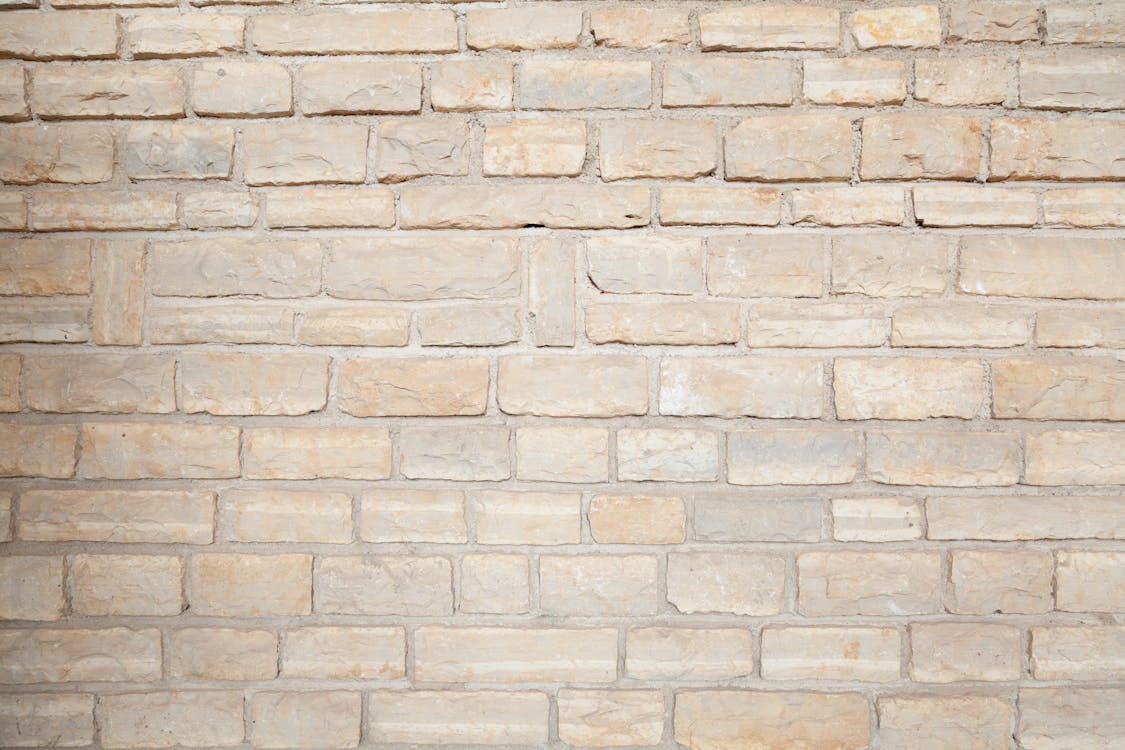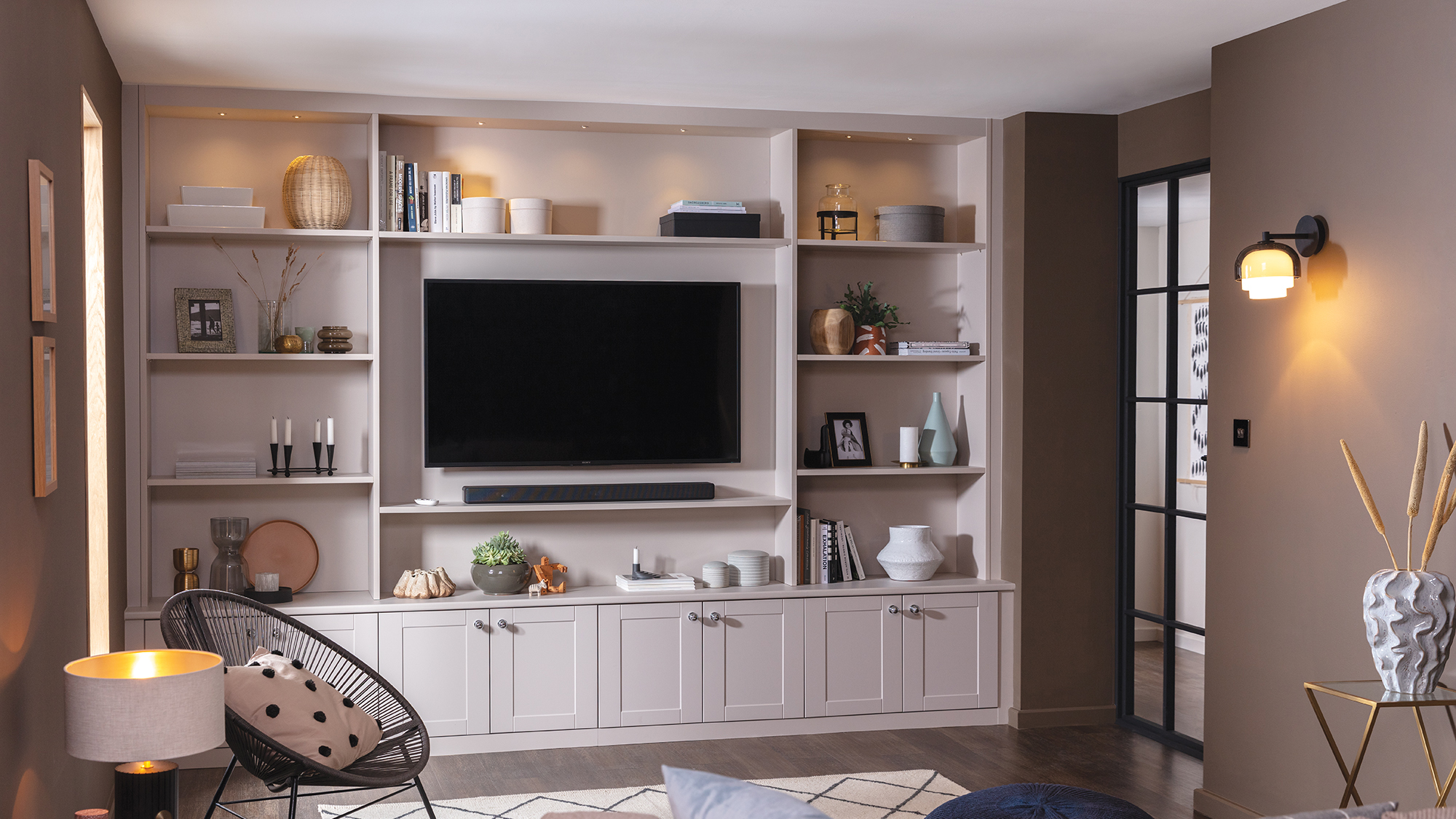In this digital age, where smartphones reign supreme, you might wonder why anyone would want to install a wall telephone. However, wall-mounted phones still offer practical advantages, particularly in homes with limited space or for individuals who prefer a retro aesthetic. Whether you’re revamping an old phone or installing a new one, learning how to mount it properly can enhance your home’s functionality and style. This DIY installation guide will provide you with all the information you need to properly mount your wall telephone.
Understanding the Benefits of Wall Telephones

Before delving into the installation process, let’s explore why you might consider having a wall telephone in your home:
- Space-Saving: Wall telephones save counter space, making them ideal for small rooms or apartments.
- Accessibility: Easily accessible for all family members, including children and elderly individuals.
- Style Element: Vintage wall telephones can serve as a charming decor element that adds character to your home.
- Reliability: In case of power outages, traditional wall telephones can still function, unlike cordless models.
Tools and Materials Required

Before starting your installation, ensure you have the following tools and materials at hand:
- Tools:
- Drill with drill bits
- Screwdriver (flathead and Phillips)
- Stud finder
- Level
- Tape measure
- Pencil
- Wire stripper (if necessary)
- Materials:
- Wall telephone
- Mounting bracket (if not included)
- Screws and anchors
- Telephone line (if not already installed)
Choosing the Right Location
Choosing an appropriate location for your wall telephone is crucial for both aesthetics and functionality. Here are some factors to consider:
- Accessibility: Ensure that the phone is easily reachable by all family members.
- Proximity to Power and Telephone Lines: Choose a location near existing power outlets and telephone lines to avoid extensive wiring.
- Visibility: Mount the phone in a visible area where it can be accessed quickly in case of emergency.
- Style: Consider how the phone will fit into your existing decor. A vintage phone may look great in a rustic kitchen, while a sleek modern model may suit a contemporary living room better.
Step-by-Step Installation Process
Now that you have your tools ready and the location selected, follow these steps to mount your wall telephone:
Step 1: Prepare the Area

Clear the area where you intend to install the phone. Remove any decorations or furniture that may obstruct your work. Use a stud finder to locate wall studs, as mounting the phone directly into a stud will provide the greatest stability.
Step 2: Mark the Mounting Bracket Position
Using a pencil, mark where you will place the mounting bracket. Generally, wall telephones are installed at a height of 48-52 inches from the floor. Use a level to ensure that your markings are straight.
Step 3: Drill Holes
Drill holes at the marked locations for the mounting bracket. If you’re drilling into drywall and not a stud, use wall anchors to ensure a secure fit. This is particularly important for heavier models, which may pull out of the wall if only drywall is used.
Step 4: Install the Mounting Bracket

Attach the mounting bracket to the wall using screws. Ensure that it is level and securely fastened. Use your screwdriver to tighten the screws, and double-check with a level to ensure the bracket is straight.
Step 5: Connect the Telephone Line
If you’re installing a traditional wall telephone, you’ll need to connect it to the telephone line. Depending on your phone model, you may need to strip the wire ends using a wire stripper. Connect the wires to their appropriate terminals, typically color-coded (red for positive and green for negative). Secure the connections and ensure there are no loose wires.
Step 6: Hang the Telephone

Once the bracket is installed and the phone is connected, carefully hang the telephone on the bracket. Ensure it is secure and doesn’t wobble. If your model has additional screws for securing it to the bracket, use these to ensure stability.
Step 7: Test the Connection
After installation, plug in the phone (if applicable) and test the connection by making a call. Ensure that you have a clear line and that the phone functions properly.
Maintenance Tips for Your Wall Telephone
To ensure your wall telephone remains in good working order, consider the following maintenance tips:
- Regularly dust the phone to prevent the accumulation of dirt and grime.
- Check connections periodically to ensure they remain secure.
- Inspect for any signs of wear or damage, especially in the wiring.
- Keep the area around the phone clear to prevent accidental damage.
Case Study: A Family’s Experience with Wall Telephones
To illustrate the practical benefits of wall telephones, consider the case of the Johnson family. After moving into a small apartment, they found that traditional phones took up too much counter space. They decided to install two wall-mounted telephones: one in the kitchen and one in the living room. Not only did this free up space, but it also created a vintage look that complemented their decor.
After installation, they reported that the phones were easy to reach for their children and provided a reliable means of communication during power outages. Their experience showcases how a simple installation can enhance functionality and aesthetics in a home.
In conclusion, mounting a wall telephone can be a rewarding DIY project that enhances both the functionality and style of your home. By following the steps outlined in this guide, you can ensure a secure and efficient installation. Remember to choose the right location, use the appropriate tools, and maintain your device for long-term use. Whether you’re looking for practicality or a touch of nostalgia, a wall telephone can be a valuable addition to your home. Embrace the charm of retro technology and enjoy the benefits it brings!